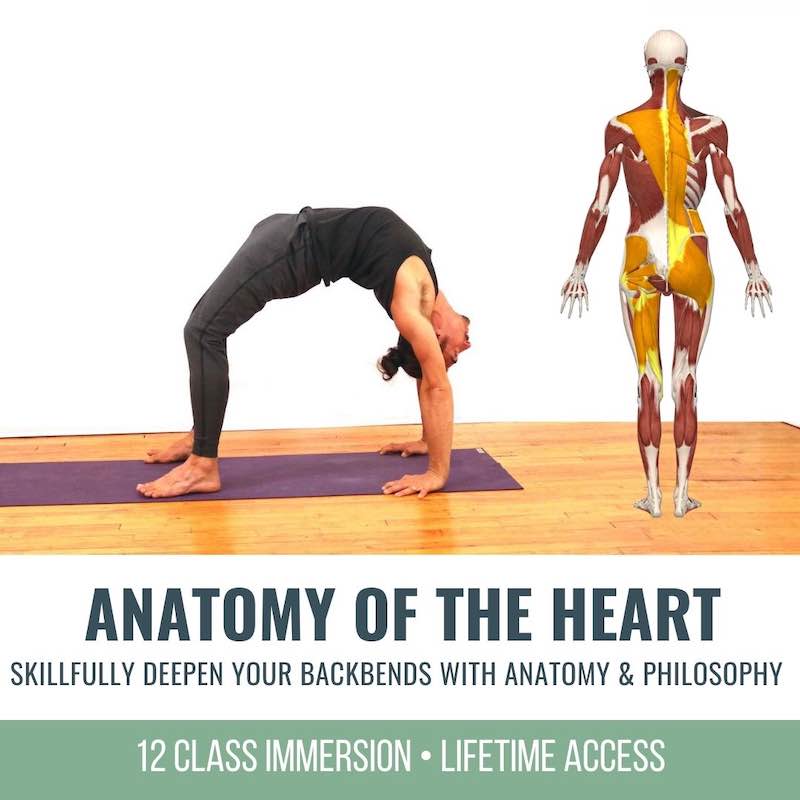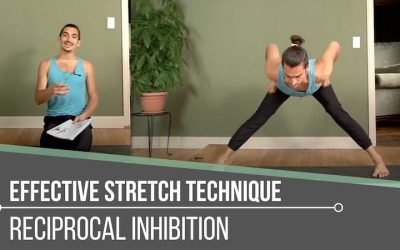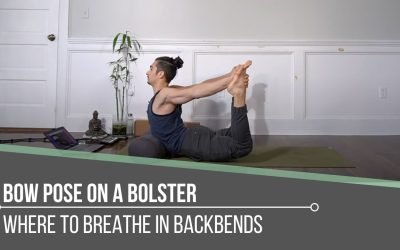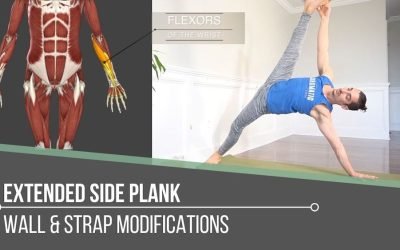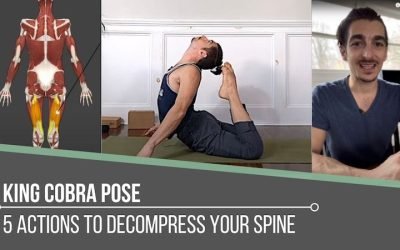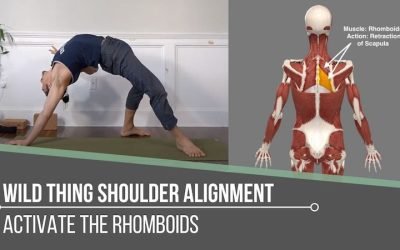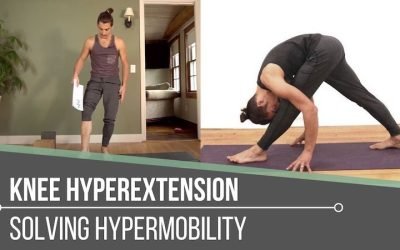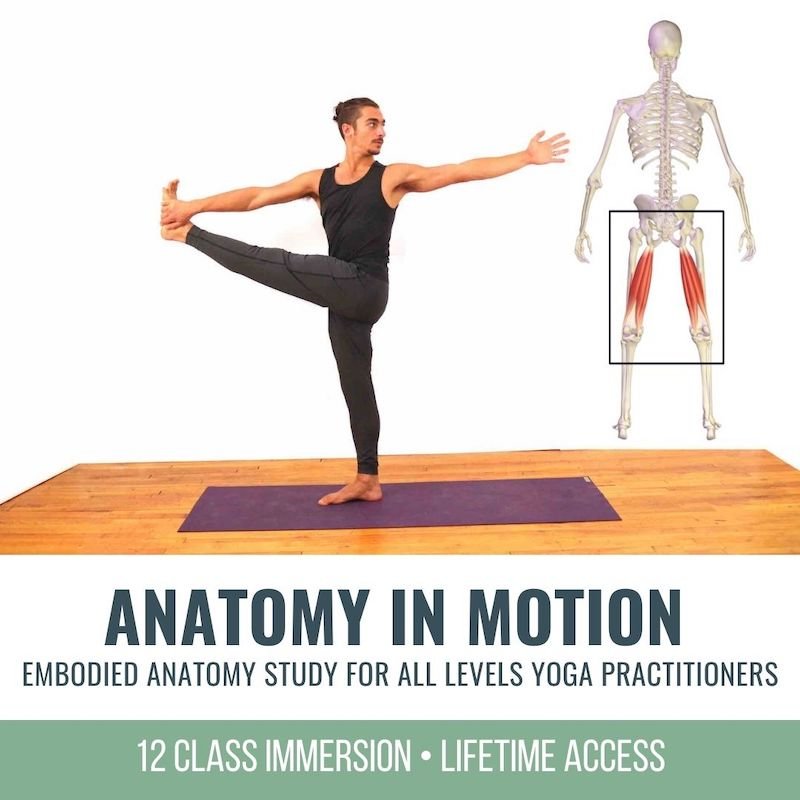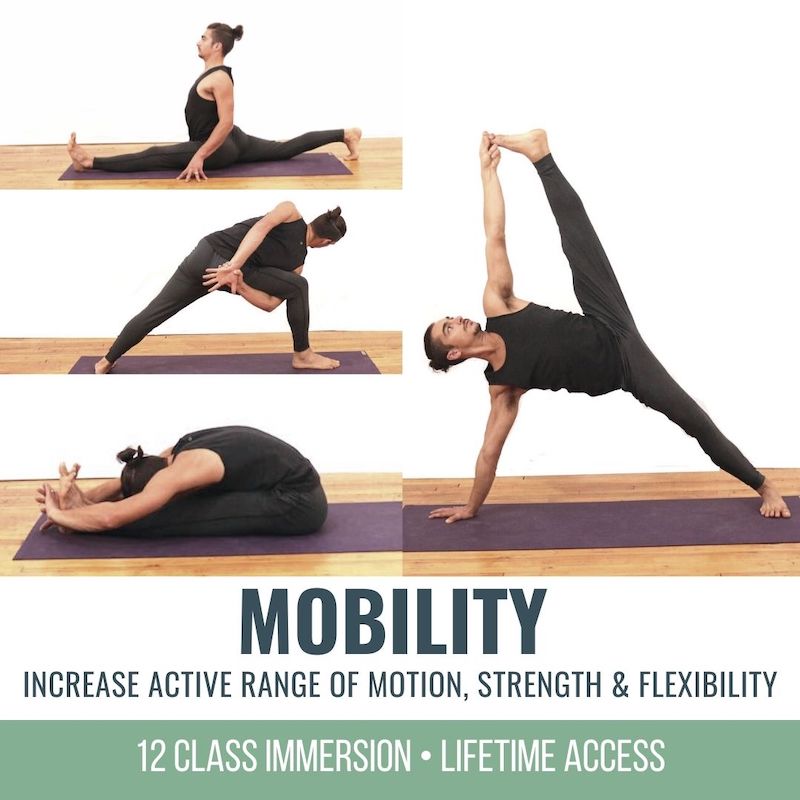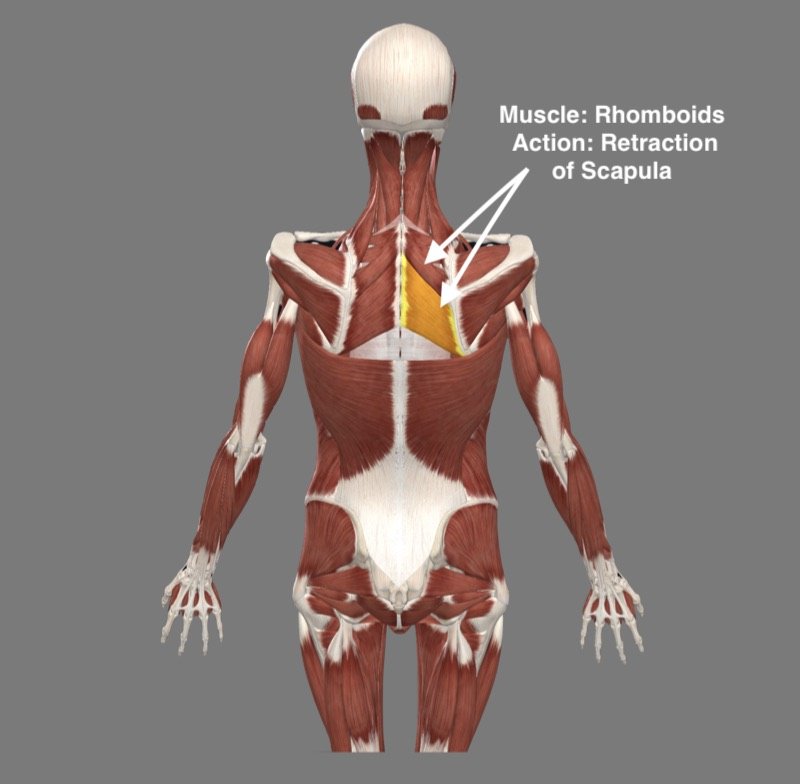WIDE-LEGGED FORWARD FOLD INCREASE YOUR FLEXIBILITY WITH RECIPROCAL INHIBITIONPRASARITAa safe approach to increasing flexibilityIt’s not unusual to feel “stuck” in our yoga practice at times. We may come to a place in our physical practice where we are not...
hamstring stretch technique for wide legged forward fold
WIDE-LEGGED FORWARD FOLD
INCREASE YOUR FLEXIBILITY WITH RECIPROCAL INHIBITION
PRASARITA
a safe approach to increasing flexibility
It’s not unusual to feel “stuck” in our yoga practice at times. We may come to a place in our physical practice where we are not experiencing our full potential. One of the common areas we may feel this way is with our flexibility.
In one of my previous articles, Healthy Hamstrings, I discuss how Matt demonstrates how to create more flexibility utilizing a facilitated stretch technique. There are, however, more ways than one to create more flexibility within our bodies. We can also achieve greater flexibility with reciprocal inhibition.
Reciprocal inhibition does the opposite of what a facilitated stretch asks us to do. It’s true that we are still activating muscles in order to achieve greater flexibility, but we are now activating the muscles that oppose the muscles that are stretching.
HIPS & HAMSTRINGS
ONLINE YOGA IMMERSION
- 12 classes to increase flexibility of the hips and hamstrings
- Maximize your strength through range of motion
- Access your pose potential
- Release tension of hips and back
- Sensation-based practices
- Unlock and strengthen major muscle groups
- Active, passive, and isometric stretching
- Improve mobility and stability
- So much more!
$148.00 $128.00
EFFECTIVE STRETCH TECHNIQUE
In today’s video, Matt demonstrates how to explore these actions in Prasarita Padottanasana: Wide-Legged Forward Fold.
In Prasarita Padottanasana (an open hip posture), our legs are in abduction while we are flexing at the hip. Placing our bodies in this position requires us to find flexibility in our adductors and hamstrings. There are also key areas both for potential strength in this posture and where we can explore activation at different times. These areas include adductors, abductors, quads (including the rectus femoris, which is also a hip flexor), and hamstrings.
Activating the adductors and hamstrings would support the facilitated stretch technique, while activating the abductors and quadriceps generates the reciprocal inhibition technique. In this segment of the video, Matt demonstrates how and why to activate the quadriceps.
BOW POSE ON A BOLSTER
Doing Bow Pose on a bolster can be very helpful because it relieves much effort in the back muscles, allowing you to focus on the various aspects of the posture without being overwhelmed. The key points are the following:
- Pull your belly inward and lengthen it before placing your low ribs/upper belly on the bolster. This will keep you from getting stuck on the mat when you start to lift.
- Adjust your shoulders by lifting them up first, then retracting them (pulling your shoulder blades toward each other).
- Follow the movement of your breath. On inhales, kick your feet back and up to rise; on exhales, soften and relax some of your effort.
- IMPORTANT: Try to keep the middle of your spine moving forward — press your middle back toward the bolster, especially when you kick your feet back. Otherwise you will feel spinal compression or discomfort.
ANATOMY OF THE HEART
JUNE 2022 Immersion
- Technique to expand and deepen your backbends
- Foundations and preparatory postures to set you up for success
- Anatomy education to prime the nervous system
- Themes to cultivate the appropriate mindset for heart opening
- 12 Classes: 6 focused on anatomy, 6 themed for the heart
- Unlock a wide range of postures including: Bow Pose, Camel, Full Wheel, King Dancer, King Cobra, King Pigeon, and more
- Lifetime unlimited access to all
- Attend livestream OR practice the replays any time that’s convenient for you
$168.00 $148.00
BREATHING IN OTHER BACKBENDS
While Bow Pose might be more challenging due to the fact that the belly is on the ground, it can be a great posture to work with because you dont have to worry about balance or the host of other challenges presented by something like Full Wheel. That said, I recommend this same type of breathing in all heart openers. There is both a learning curve involved in this type of breathing and repetition that is required until your muscles (transversus abdominis, intercostals, erector spinae) develop the necessary strength, endurance, and flexibility for this approach to yield the best results.
In the Anatomy of the Heart immersion, you will learn breathing exercises and postural drills that will strengthen these muscles and help you become proficient in this breathing technique. Additionally, we will be working on the HEART of heart openers—the emotional correlation and mindset that helps release unnecessary tension and provides you with the freedom and ease that is possible in these postures. Lastly, you will learn energy management in order to upregulate or downregulate your nervous system. This means you will be able to relax or calm your system down if you become too lifted, light-headed, nervous, or anxious, or you can ramp your energy up if you are feeling lethargic, unmotivated, or not attentive enough for heart openers.
See you on the mat!
The 200 Hr. Teacher Training: Click Here to See The Next Start Date
The 300 Hr. Advanced Teacher Training: Click Here to See The Next Start Date
Article by Matt Giordano
Video Extracted From: Anatomy in Motion
Continue Learning
hamstring stretch technique for wide legged forward fold
Bow Pose: Where to Breathe in a Backbend
BOW POSE—WHERE TO BREATHE YOGA ANATOMY • BIOMECHANICS • TECHNIQUEBOW POSEThe Challenge of breathing in backbendsEver feel short of breath in a backbend? You aren't the only one. Where to breathe in a backbend is a popular question, and rightfully so. If you look at...
side plank variations
Side Plank Variations VASHISTASANA • MODIFICATIONS • TUTORIALSIDE PLANKExtended Side plank variations [Click Below to listen to the Audio Version of "Extended Side Plank"]There are definitely more ways than one to access a yoga posture. Not only that, but Matt is...
King Cobra Pose Tutorial
KING COBRA POSE YOGA ANATOMY • BIOMECHANICS • TECHNIQUEKING COBRA5 Key Actions to Decompress Your Spine in King Cobra PoseNot all that glitters is gold, and without the right approach, this glorious backbend may not be a shining example of spinal health. King Cobra...
Wild Thing Shoulder Alignment
WILD THING SHOULDER ALIGNMENT ANATOMY • BIOMECHANICS • TECHNIQUEShoulder AlignmentWILD THING SHOULDER ALIGNMENTWhat is the correct shoulder alignment for the pose we call Wild Thing? To answer this, we would first have to define the guidelines for "right" and "wrong."...
hyperextension of the knee in pyramid pose
KNEE HYPEREXTENSION HOW TO SOLVE HYPERMOBILITY IN PYRAMID POSEKNEE HYPEREXTENSIONKNEE HYPEREXTENSION: PROTECT YOUR KNEES IN PARSVOTTANASANA, PYRAMID POSEWhen it comes to our asana practice, more often than not, the subject of our knees is a hot topic. Typically, we’re...
THE FREE TECHNIQUE PACK
When You Subscribe, You Will Get Instant Access to
- the Technique Pack: 15 yoga pose breakdowns
- exclusive online course discounts
- exclusive blogs and videos
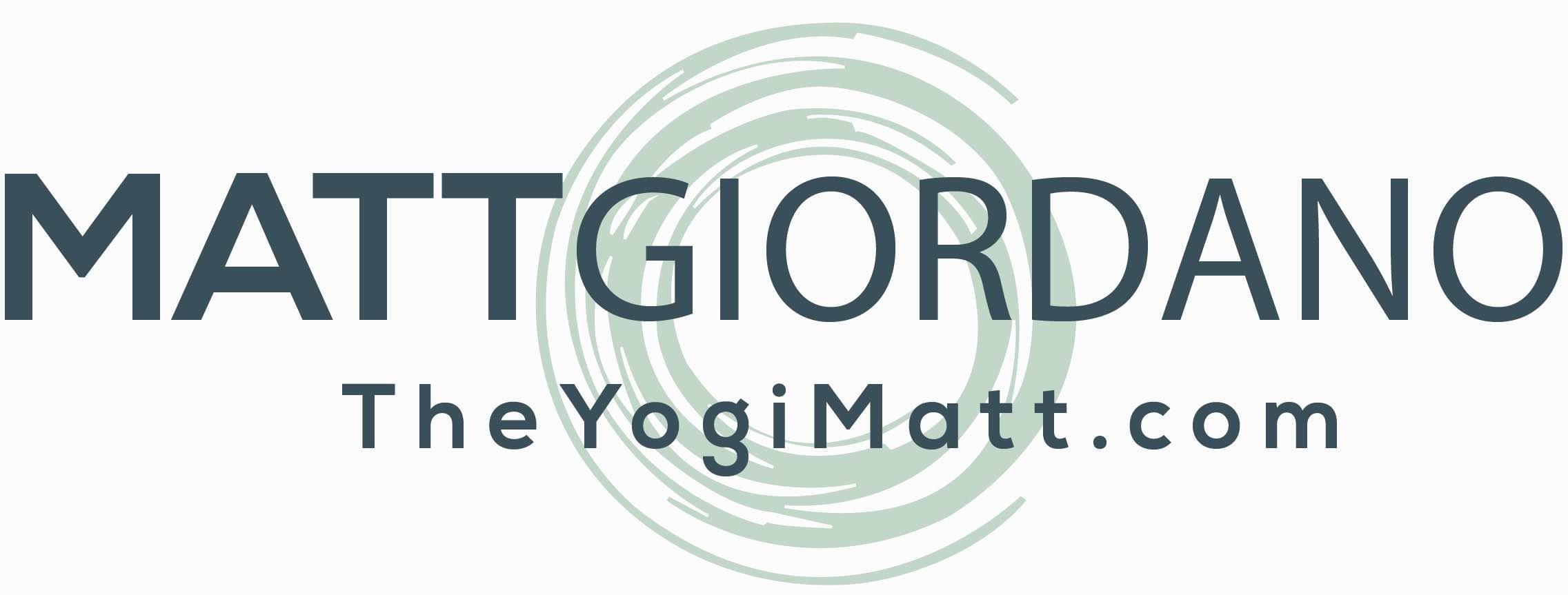
![Archna Mohan chromatic yoga backbend techniques: 12 classes [backbend technique to relieve back pain "bowing the spine']](https://www.theyogimatt.com/wp-content/uploads/2021/10/Archna-Mohan-chromatic-5.jpg)
